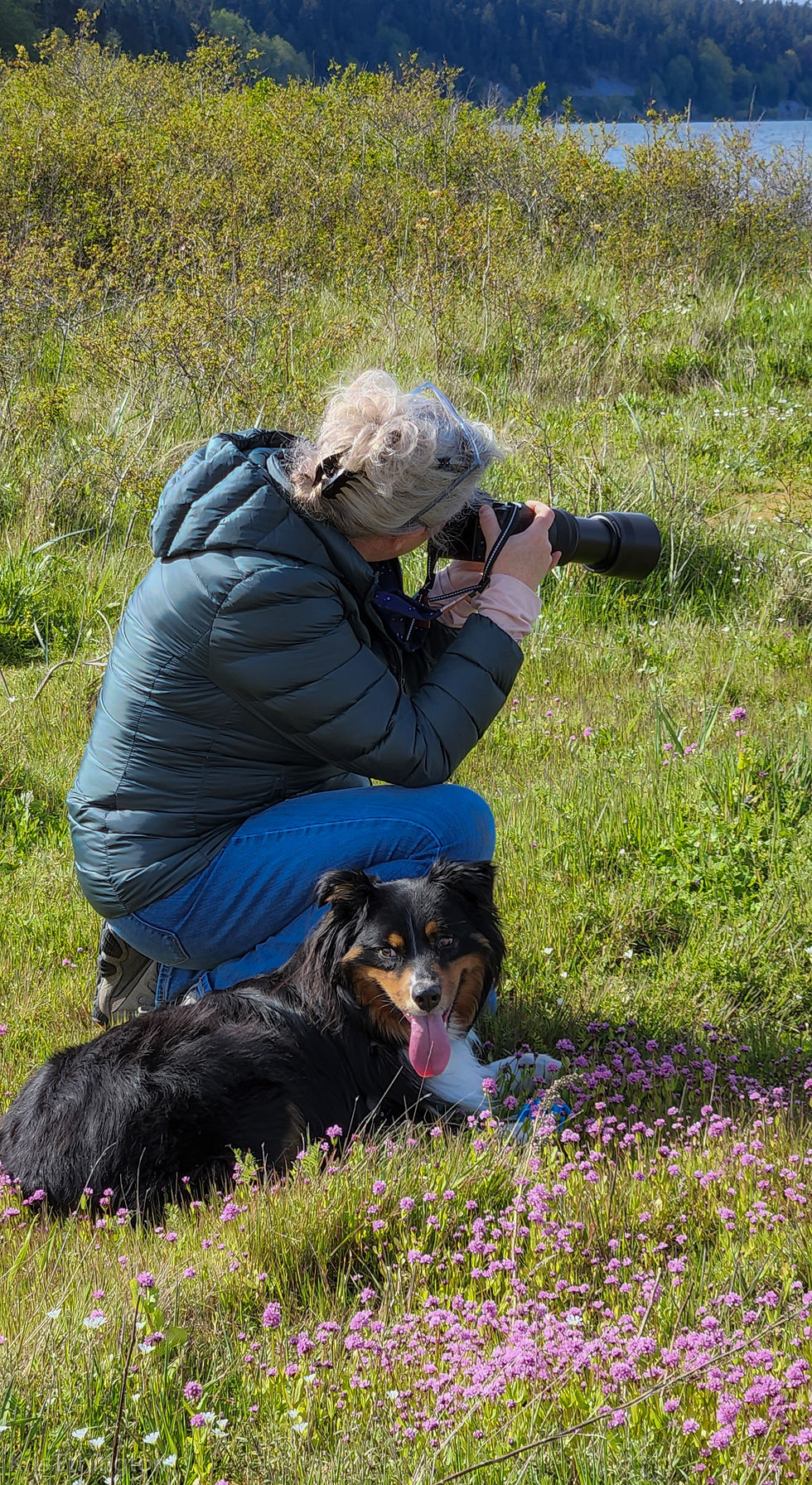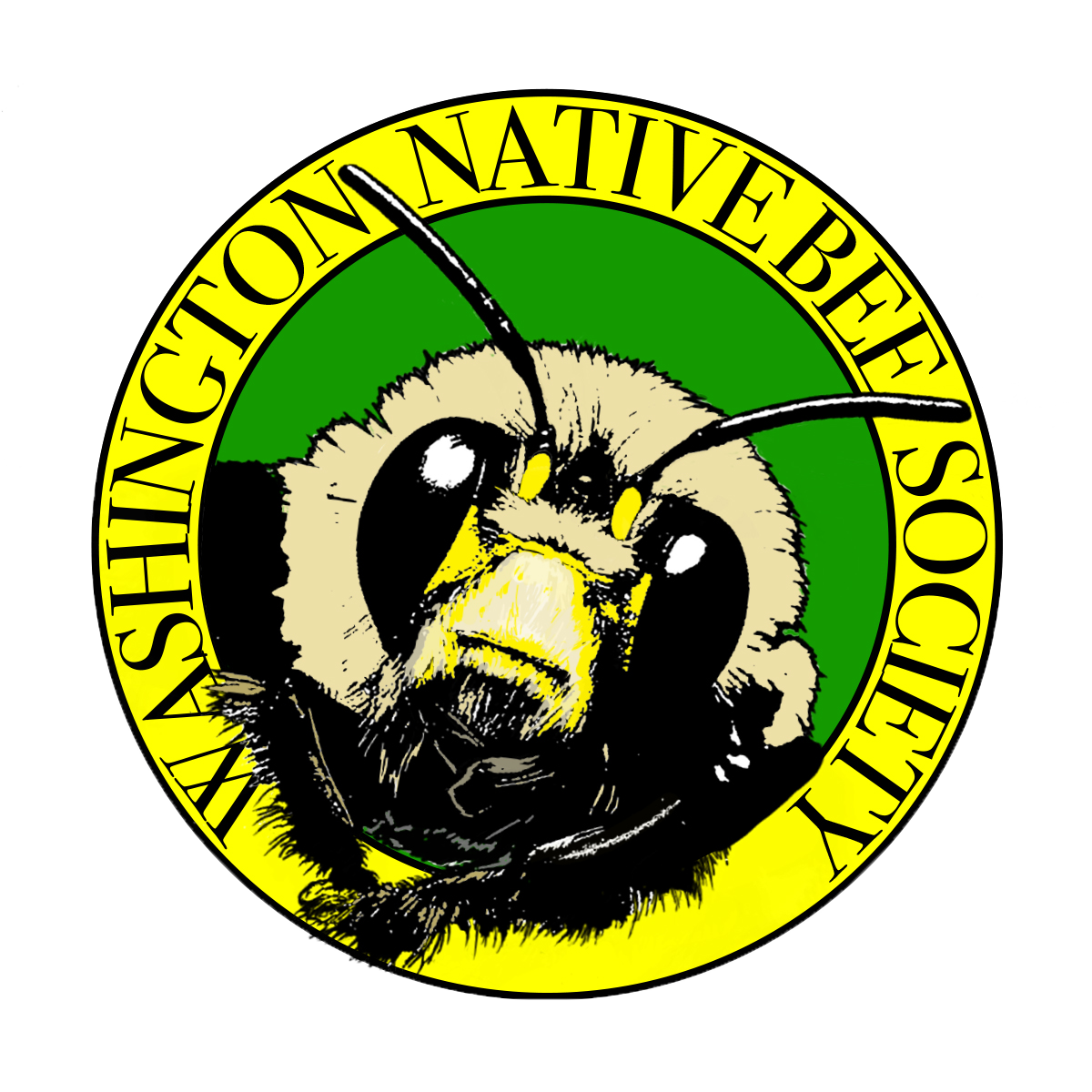Celebrating World Bee Day at Kala Point
- Kris Ethington

- Jun 13, 2022
- 2 min read
Updated: Jul 30, 2025

As a native bee enthusiast and citizen scientist, I was excited to participate in World Bee Day through photographic observations of native bees pollinating our beautiful wildflowers and native plants at our community beach. I submit my photo records to iNaturalist.org, a nature app that helps identify the plants and animals around us while creating research quality data for scientists who are working to better understand and protect nature.
I’ve been a native bee enthusiast since I planted my first mostly native garden. I joined the iNaturalist.org community to help track the Painted Lady Butterfly migration passing through my California garden. Once you start looking closely at one insect, the world of insects opens wide. I realized quickly that I could make a difference in my own backyard by sharing my bee discoveries with scientists, including seasonality, plant associations, and populations. I was fortunate to find some of the solitary bee nesting sites on my own property by tracking bee behaviors.

The Washington Native Bee Society is promoting the development of a Native Bee Atlas for Washington modeled after the successful Oregon Bee Atlas which identified 600 species native to Oregon. Washington is reported to have a similar number of native bees. Through its iNaturalist.org project, 126 species have been submitted thus far and are at least partially identified by bee experts.
One of the most exciting of my bee discoveries for my community has been the presence and nesting site of the rare Pacific Dune-Digger Bee (Habropoda miserabilis). According to the Xerces Society, “Of the roughly 3,600 species of bees in North America, more than 90 percent lead solitary rather than social lives, each female constructing and provisioning her own nest without any help from other members of her species. Solitary bees usually live for about a year, although humans see only the active adult stage, which lasts about three to six weeks. These insects spend other months hidden in a nest, growing through the egg, larval, and pupal stages.”
The silver dune-digger bees have chosen a south facing location in the dune habitat that is protected from tidal changes. Having observed digger bees nesting in my former garden, once my observation was verified by bee experts I started watching for behavior and witnessed males patrolling nesting grounds at our beach and ultimately captured shots of females entering, exiting, and excavating the sand from their brood chambers in the dune.

Such a very special ecosystem we enjoy here. I am grateful to extend my naturalist observations beyond my own yard to the beach, forest, and the general Olympic Peninsula! During World Bee Day I observed multiple species of bumbles, mason, mining, and the dune-digger bees. A happy day indeed for this native bee nerd.

The United Nations designated May 20, 2022, as World Bee Day, “To raise awareness of the importance of pollinators, the threats they face. Together with wild pollinators, bees play a major role in maintaining biodiversity, ensuring the survival and reproduction of many plants, supporting forest regeneration, promoting sustainability and adaptation to climate change, improving the quantity and quality of agricultural productions.”





J'ai trouvé très inspirant de lire comment Kris Ethington utilise iNaturalist.org pour documenter les abeilles indigènes et même localiser des sites de nidification solitaires. C'est une approche fantastique qui non seulement contribue à la science, mais aussi sensibilise à l'importance de ces pollinisateurs souvent méconnus. L'observation directe est vraiment la clé pour comprendre leurs besoins. Alors que l'accent est mis ici sur les abeilles, l'idée de protéger les espèces indigènes et de comprendre leurs habitats est cruciale pour l'ensemble de la biodiversité. Pour ceux qui souhaitent approfondir les initiatives pour la protection animale et comment chacun peut y contribuer, il existe de nombreuses ressources utiles.